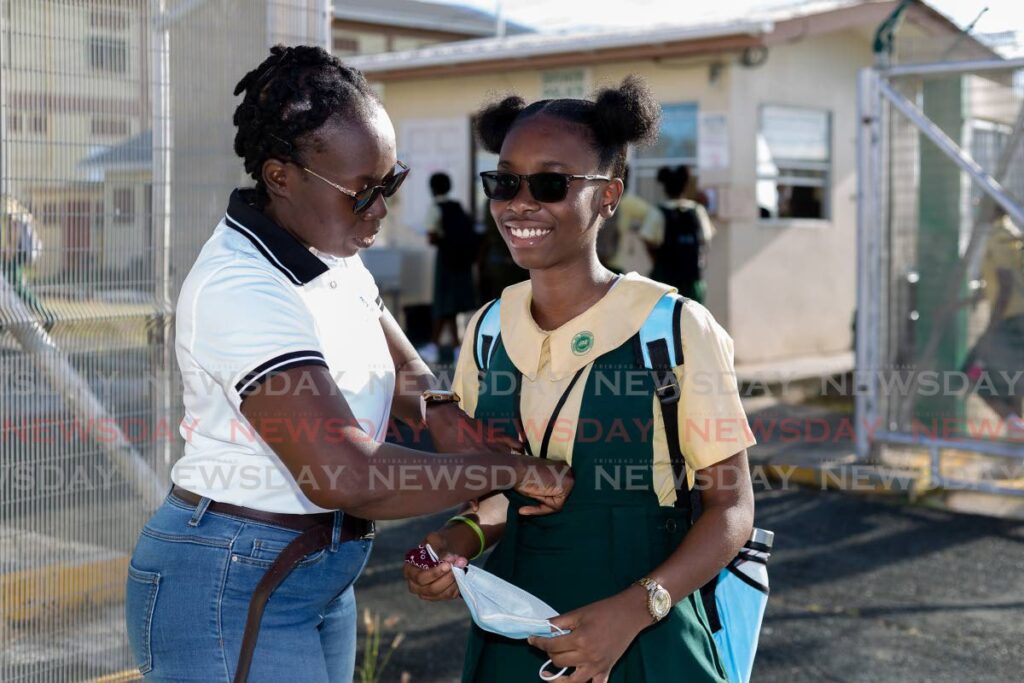Three tools to teach teens gratitude

Dr Asha Pemberton
teenhealth.tt@gmail.com
Although most of us understand the concept of gratitude, it turns out that many young people exist day to day without taking the time to acknowledge the things in their lives that they are thankful for. Teens, like adults, often do not notice good things until they slow down and focus. Once they do, they feel more grateful, optimistic, and better about life overall. Gratitude is linked to decreasing stress, boosting resilience, and developing a sense of mattering to the world. Although we are inundated with negative images and bad news, it is possible to focus on the opportunities around us and express thanks. There are specific tools that increase the recognition of gratitude in teens and young adults.
Journal writing
Writing in a journal is a very helpful practice for boosting gratitude levels. When adolescents take the time to write down the positive aspects of their lives, there is a gradual and consistent improvement in mood. While it is not essential to write every single day, it is important to be specific. Through the act of translating the thoughts to the written word, young people become more aware, reflect more and these shift their overall perspective into positivity.
Letter writing
Similar to journal writing is the act of writing specific “thank you” letters. Letter writing is considered by some to be a dying art, which should be revived. Young people should always be encouraged to tangibly express thanks to their family, friends, teachers or indeed anyone who has performed an act of kindness toward them. Saying “thank you” is absolutely the first step, but by creating a physical form of thanks young people are forced to recall how much others have cared for them over time. Generally speaking, life seems less hard and lonely when kind acts are recognised.
Mirror work
Several modern life coaches promote the concept of daily positive self-talk in a mirror as an additional gratitude building tool. While there are many approaches, the underlying principle simply involves looking at oneself with an attitude of admiration and thanks, to reaffirm gratitude for the moment, the new day, life and opportunity. For some young people mirror work feels completely intuitive, while for others it may seem strange. Nevertheless a critical part of positive self-esteem development is taking time to accept oneself, be grateful for opportunities and approach life with an aura of wonder and hope.
These three tools have similarities and differences, which would appeal to different young people in different contexts. That said, parents should actively encourage tweens and teens to demonstrate acts of gratitude. Adults themselves should take the time to express their thanks for the wonderful things that their young people bring to their lives. In time and overall, a general awareness and practices of gratitude then become a part of the fabric of life.


Comments
"Three tools to teach teens gratitude"